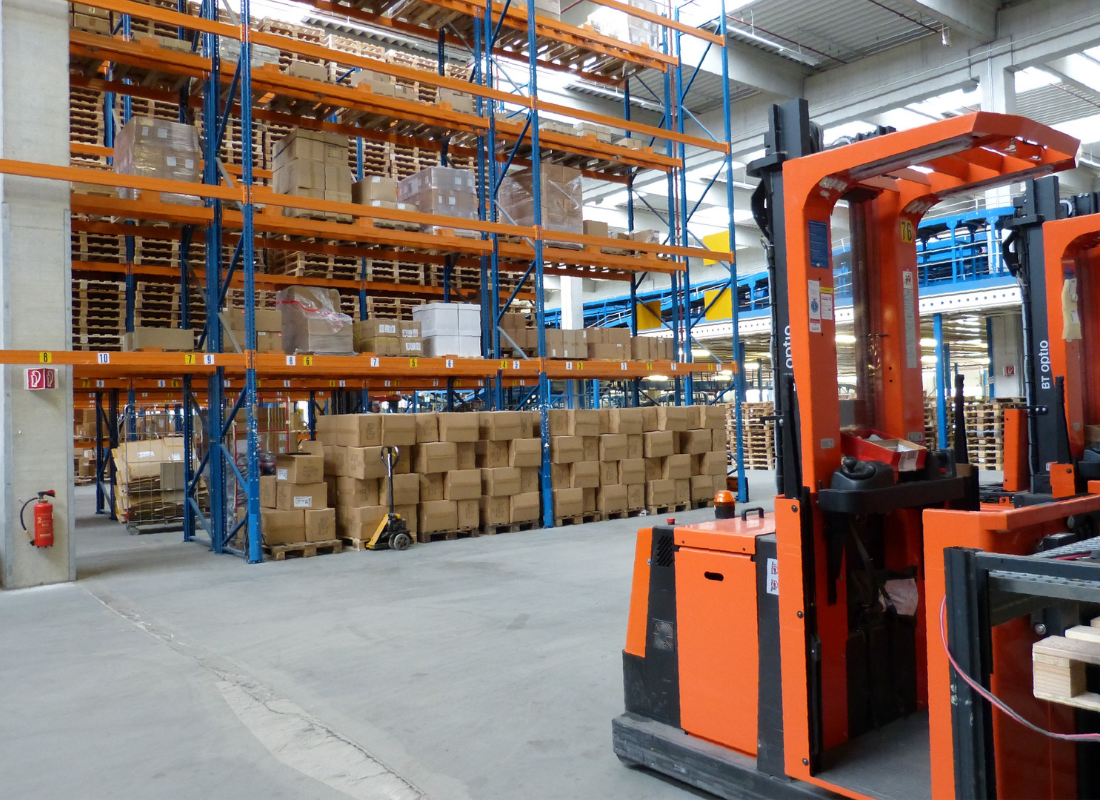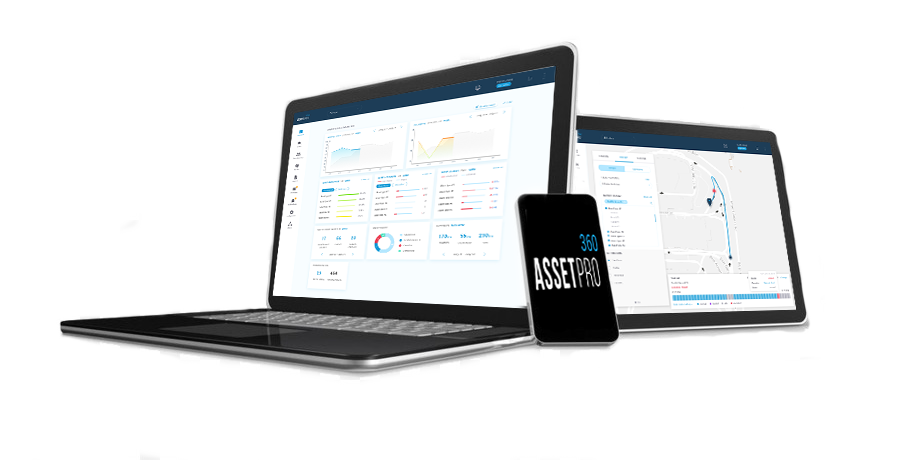Top 3 Scary Costs That Could Have Been Avoided with Telematics
All Hallows’ Eve or All Saints’ Eve, whatever you call Halloween, every year on October 31st. The day has become a celebration for kids to dress up in scary or fun costumes and gather candy from their grown-up neighbors. It also has a tradition of being one of the scariest nights of the year.
Therefore, it is an appropriate time for us to discuss 3 of the scariest unexpected costs for fleet managers of a distribution chain.
Defining the Scary Costs of Business
The unexpected costs that can bite you are those that you aren’t focused on but are lying in waiting to spring out like a kid in a scary costume on Halloween. These costs are tucked away between the cracks of your business disguised in categories, subcategories, and sub-subcategories that are a normal part of operations.
Let us take a look at the Top 3 categories of unexpected costs:
1) Idle Equipment
2) Vehicle Downtime
3) Battery Management
1) Idle Equipment
A sneaky cost that can overwhelm the operation’s bottom line are costs associated with idle equipment; the gasoline being wasted, the companies’ carbon footprint and resource availability that can prove costly, and the overhead costs for operators and employees that are sitting idle as well.
A typical truck that idles for 25% of its operating time loses $2,500 of fuel a year. An idling wheel loader on average can lose $12,000 worth of fuel a year. Idling time on fleet equipment doesn’t only cost you on fuel. It also costs you on maintenance and will reduce the resale value of the equipment.
We’ve done an in-depth breakdown on the cost of idle equipment, check it out here.
2) Vehicle Downtime
An idle asset is an asset that is not being used for the hefty price it was paid for. Downtime is more expensive than a vehicle uptime! The longer a vehicle stays powered off and in need of maintenance, the more it ends up costing the company in productivity of operations.
 Fleet managers that do not have an effective system or process in place to quickly get their assets back up and running will suffer significant consequences. Without an excellent policy for maintenance protocols and extra parts at hand, a single day of downtime for a vehicle can shift the entire process of operation. This can impact labor, delivery times, and eventually the reputation of the business.
Fleet managers that do not have an effective system or process in place to quickly get their assets back up and running will suffer significant consequences. Without an excellent policy for maintenance protocols and extra parts at hand, a single day of downtime for a vehicle can shift the entire process of operation. This can impact labor, delivery times, and eventually the reputation of the business.
It is nearly impossible to avoid downtimes. Still, fleet managers can have policies in place to make sure those downtimes will be backed by alternatives and trained personnel in order to handle those situations without impacting the operation’s objectives.
Want to learn what policies will help accomplish this? Check it out here.
3) Battery Management
For the new environmentally conscious warehouses, maintaining batteries becomes just as important as maintaining the vehicles they power. However, regardless of the importance of battery management, the majority of fleets out there still do not dedicate enough time to monitoring and taking care of their industrial batteries.
Whether your operations have lithium-ion or lead-acid, both battery options are still just as costly. Therefore, fleet managers must understand the repercussions of downtime as a result of not taking proper care of their battery investments.
Not having visibility into battery events can also cause downtime in work productivity. A battery can be completely drained, overcharged, overheat, and leak onto the equipment. These are just a few examples of all that can go wrong with a single battery. Because batteries on the exterior are, for the most part, just a black box, it is very challenging for the service operator to diagnose the problem within a short time frame every time an issue arises within that battery. Therefore, without proper visibility into the inner workings of industrial batteries, a domino effect of scary, unexpected events may be on the rise.
The average lifespan of a battery is three years, but studies have shown that simple procedures can expand that lifetime for an additional two years. Now, applying the concepts discussed of unexpected downtimes and costs to that extension of years can really inspire businesses to foresee unimaginable savings and benefits to simple battery management practices.
Want to learn how? Check it out in our battery management breakdown.
_____
 Every warehouse is different from the next, but these scary and unexpected costs are still prevalent for us all. The rise of telematics and higher adoption rate for companies proves that smart fleet managers are seeking methods to transition avoidable costs into ghosts of the past that will not haunt them anymore.
Every warehouse is different from the next, but these scary and unexpected costs are still prevalent for us all. The rise of telematics and higher adoption rate for companies proves that smart fleet managers are seeking methods to transition avoidable costs into ghosts of the past that will not haunt them anymore.
You don’t need to be scared of surprises; Access is the only fleet management provider to offer a complete line of telematics devices that help fleet managers curb costs. All data is displayed in our cloud application, AssetPro360 that connects to our entire range of products.
For more information on Access Control Group and its devices, visit our company website or contact an Access representative.


